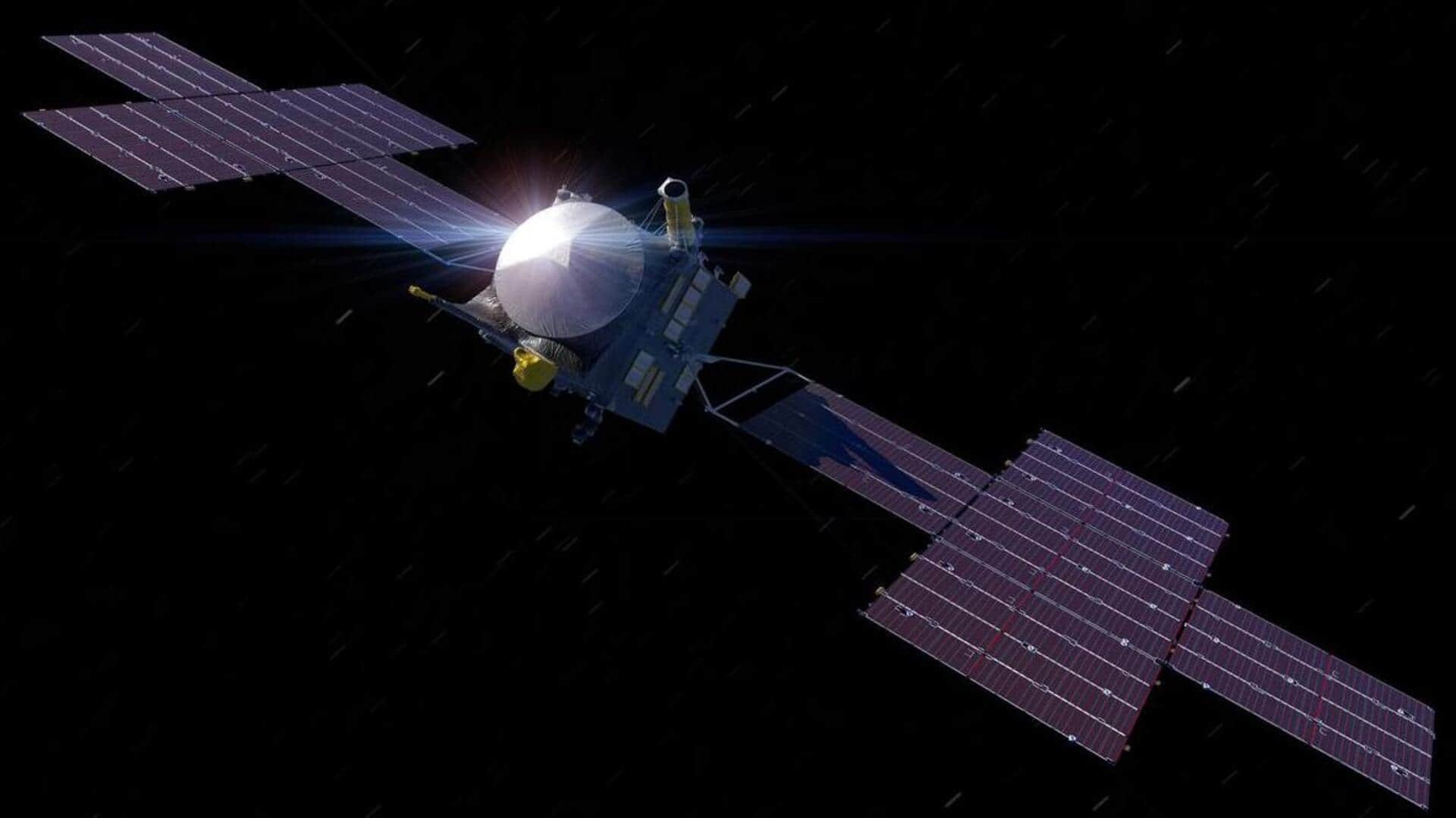
NASA's laser communication experiment launches tomorrow: Know its significance
What's the story
Along with the Psyche asteroid mission launching on October 12, NASA is sending a laser communication experiment called Deep Space Optical Communications (DSOC). This exciting project aims to showcase the potential of laser communications in deep space, allowing for faster data transmission rates and even video streaming from Mars. The DSOC will be the first test of laser or optical communications from such a distance, marking a major leap forward in space exploration technology.
Details
DSOC's innovative equipment and infrastructure
DSOC features a flight laser transceiver attached to the Psyche spacecraft. Psyche will be using traditional radio communications for mission operations, while the flight laser transceiver is equipped with a near-infrared laser transmitter to send data to Earth and a sensitive photon-counting camera. Two ground telescopes have been upgraded to communicate with the laser transceiver, with NASA's Jet Propulsion Laboratory hosting the operations team. The flight transceiver data will be collected by Hale Telescope at Palomar Observatory, California.
What Next?
Overcoming challenges in deep space communication
During the first two years of Psyche's six-year voyage, DSOC will demonstrate high-speed data transmission over distances up to 390 million kilometers—which is over twice the distance between Earth and the Sun. As the spacecraft moves further away from Earth, the laser photon signal will become fainter, making it increasingly difficult to decode the data. Moreover, the constantly changing positions of Earth and the spacecraft will require precise pointing adjustments for both ground and flight systems to ensure accurate communication.
Insights
Advanced technologies and signal processing methods
Cutting-edge technologies have been developed for the flight laser transceiver and ground-based laser transmitter. A cryogenically cooled superconducting nanowire photon-counting array receiver has been integrated into the Hale Telescope, for recording photons' arrival time, allowing for signal decoding. Also, new signal-processing methods have been designed to extract information from weak laser signals. Essentially, radio signals vary from 3-3,000 gigahertz, while near-infrared laser signals are 300 terahertz, which thereby allows more data to be packed.
Facts
DSOC's potential impact on future space missions
DSOC could pave the way for "high-bandwidth communications beyond the moon and 1,000 times farther than any optical communications test to date," per NASA. It could support future missions to transmit high-resolution data and streaming video, supporting human and robotic exploration beyond the Moon and revolutionizing our understanding of the cosmos. If all goes to plan, it will launch with the Psyche mission aboard a SpaceX Falcon Heavy rocket tomorrow.